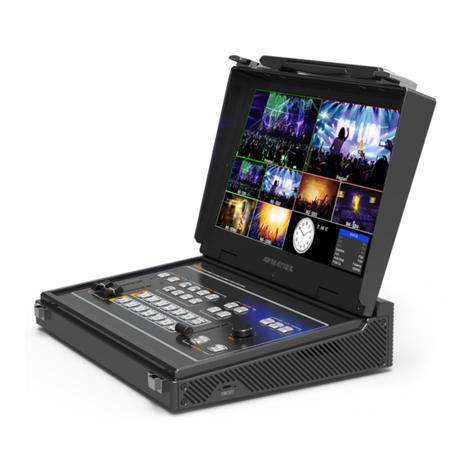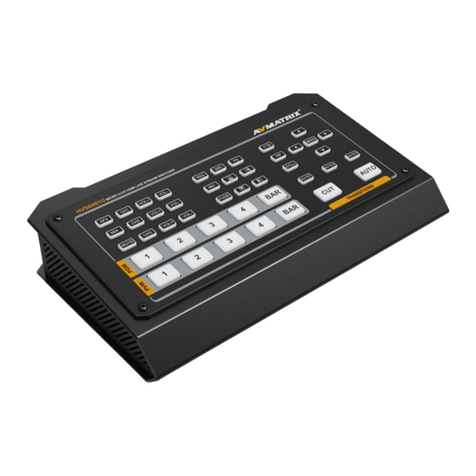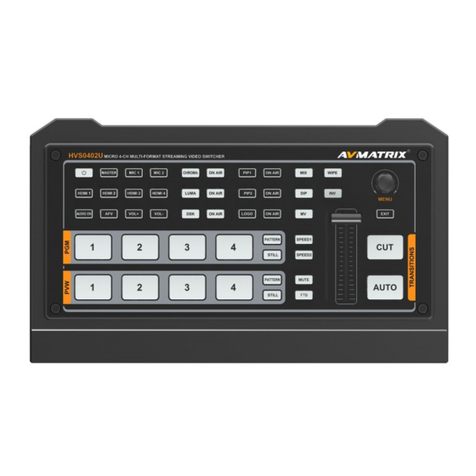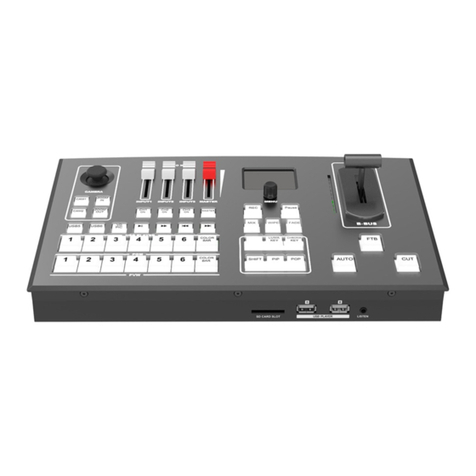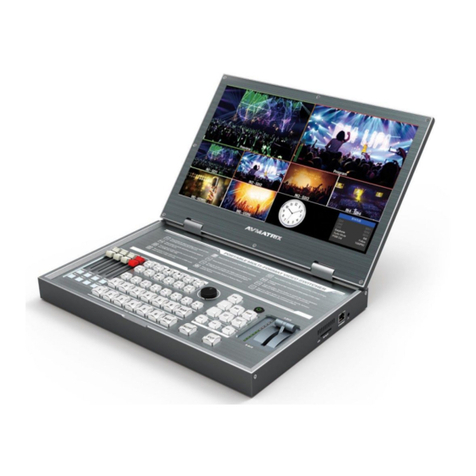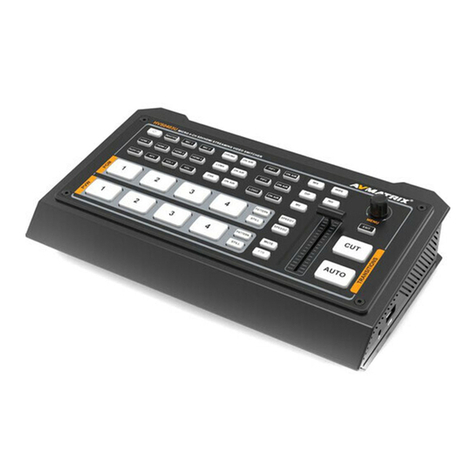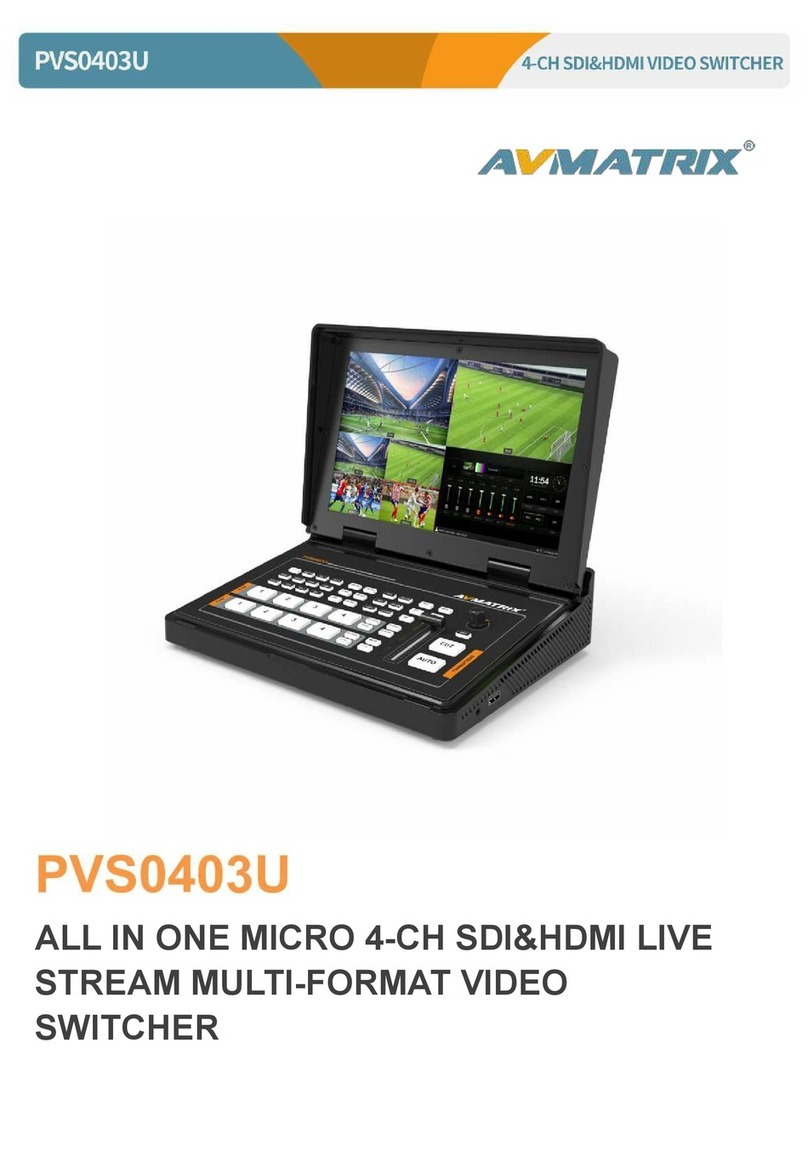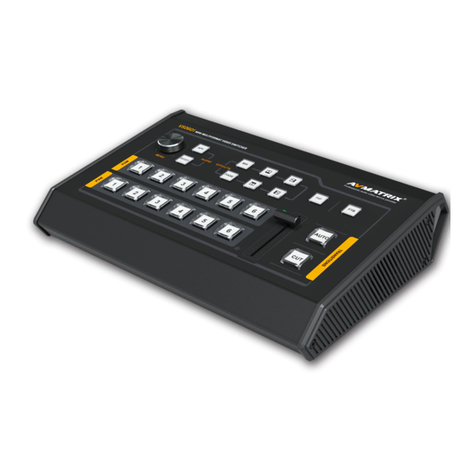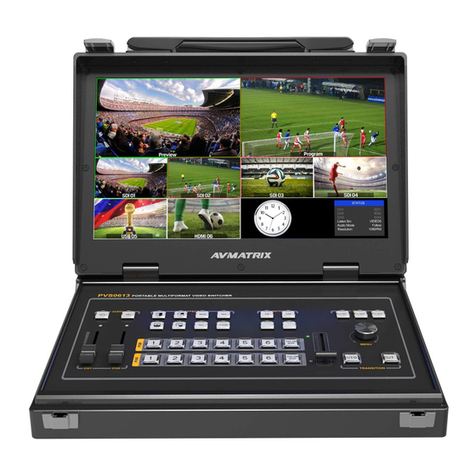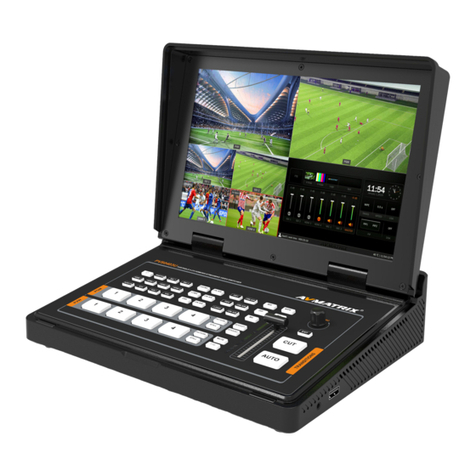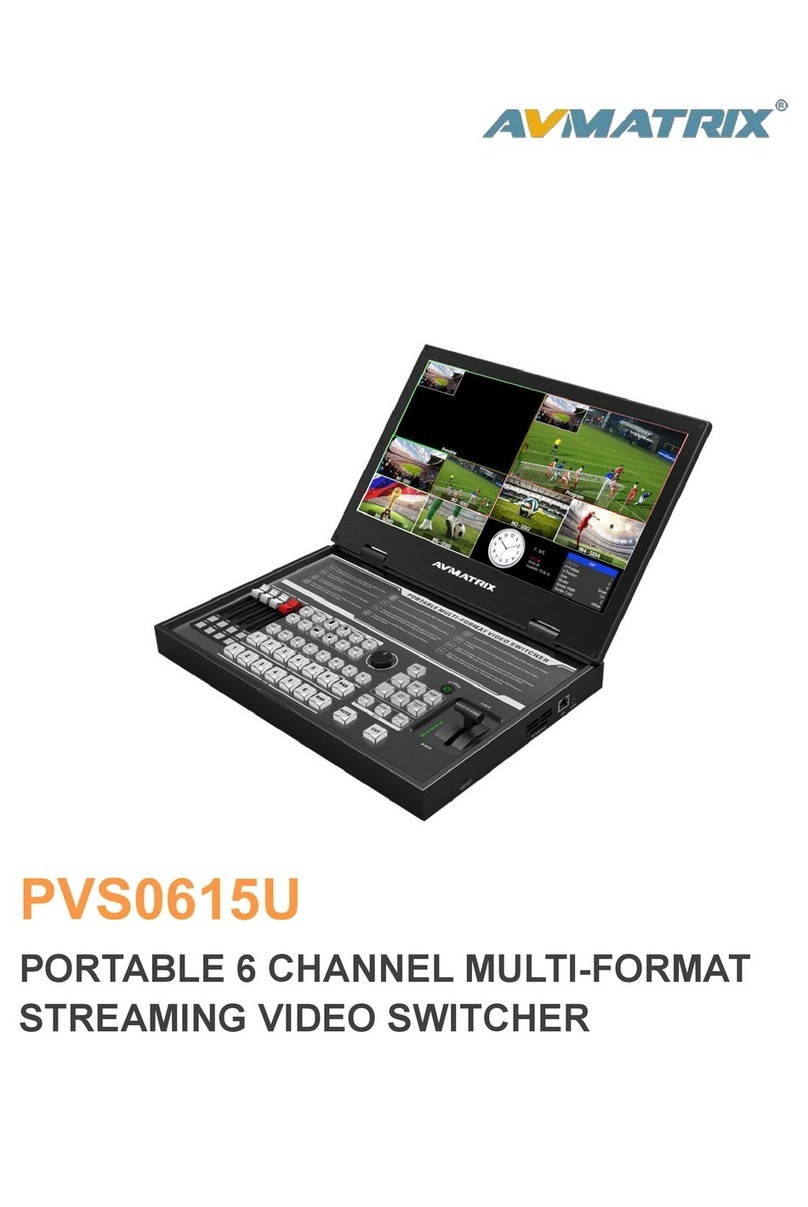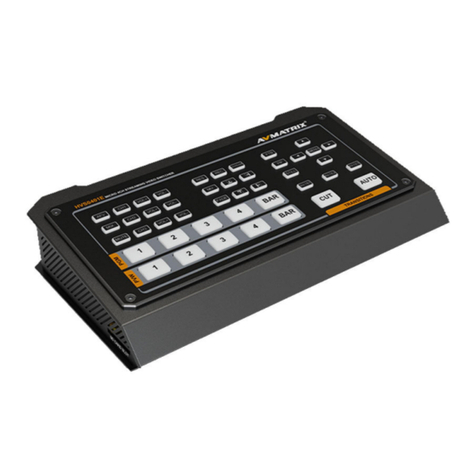
CONTENTS
1. BRIEF INTRODUCTION...............................................................................................................................2
1.1. Overview...................................................................................................................................................... 2
1.2. Main Features............................................................................................................................................. 2
2. INTERFACES................................................................................................................................................. 3
2.1. Rear Interfaces............................................................................................................................................3
2.2. Tally PIN Definition.....................................................................................................................................3
3. SPECIFICATION............................................................................................................................................4
4. FRONT CONTROL PANEL..........................................................................................................................5
5. OPERATION INSTRUCTION...................................................................................................................... 6
5.1. Multiview Output Layout............................................................................................................................ 6
6. USB CAPTURE..............................................................................................................................................6
7. MENU SETTING............................................................................................................................................ 6
7.1. PGM and Multiview Output Format..........................................................................................................6
7.2. Audio Setting............................................................................................................................................... 7
7.2.1. Mixing Mode.............................................................................................................................................7
7.2.2. AFV Mode.................................................................................................................................................7
7.3. PIP Mode..................................................................................................................................................... 8
7.4. Main Menu Setting......................................................................................................................................8
7.4.1. System Settings.......................................................................................................................................9
7.4.2. Network Settings..................................................................................................................................... 9
7.4.3. Device Info..............................................................................................................................................10
8. SOFTWARE CONTROL AND TIME SETTING...................................................................................... 10
8.1. Software control........................................................................................................................................ 10
8.2. Time Setting.............................................................................................................................................. 10
